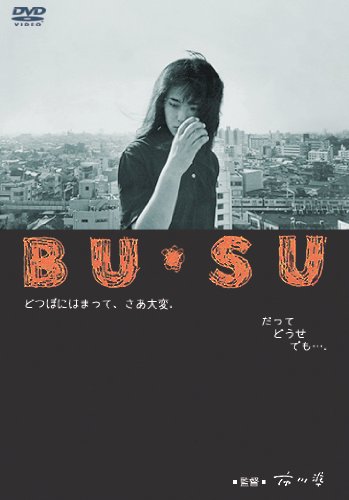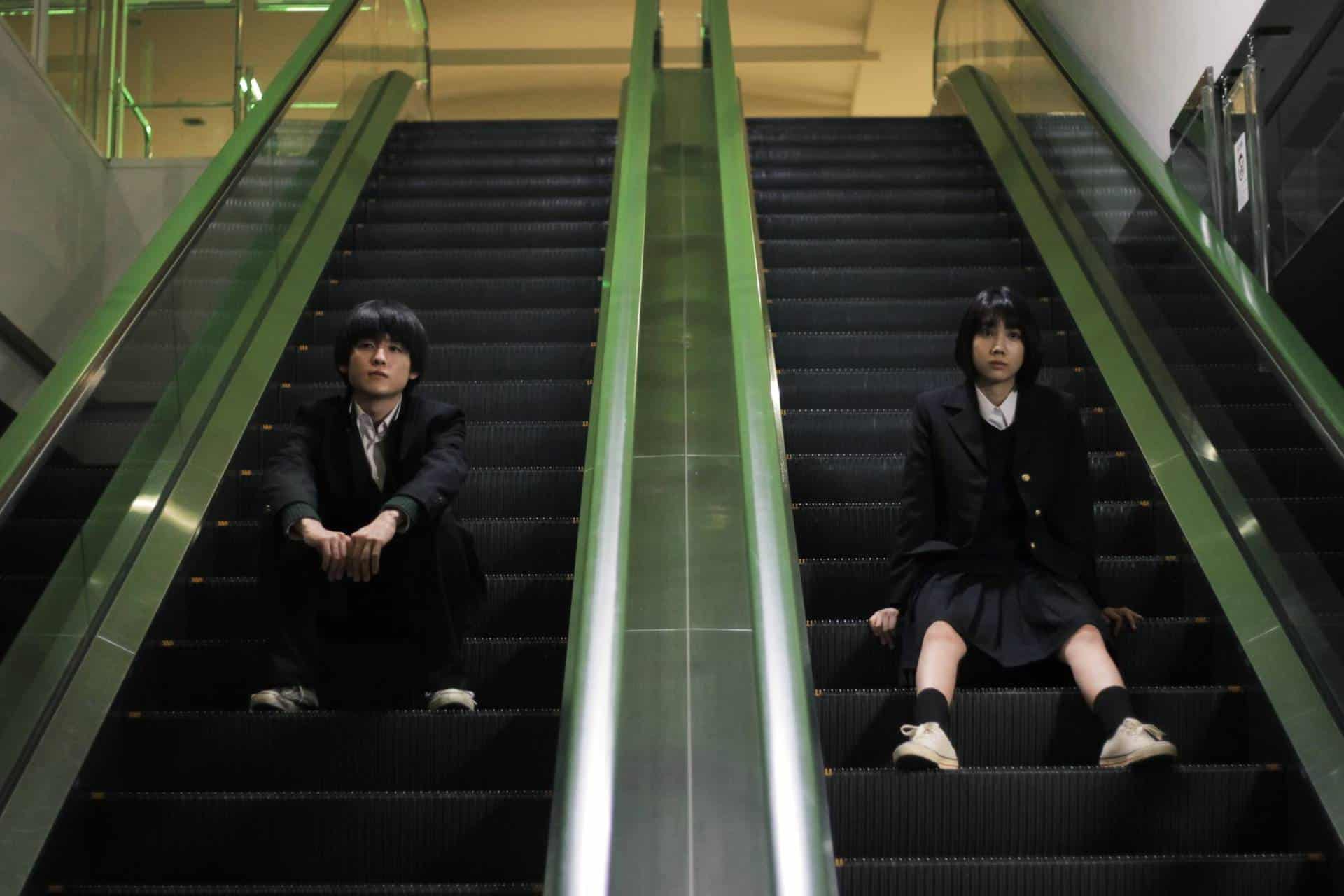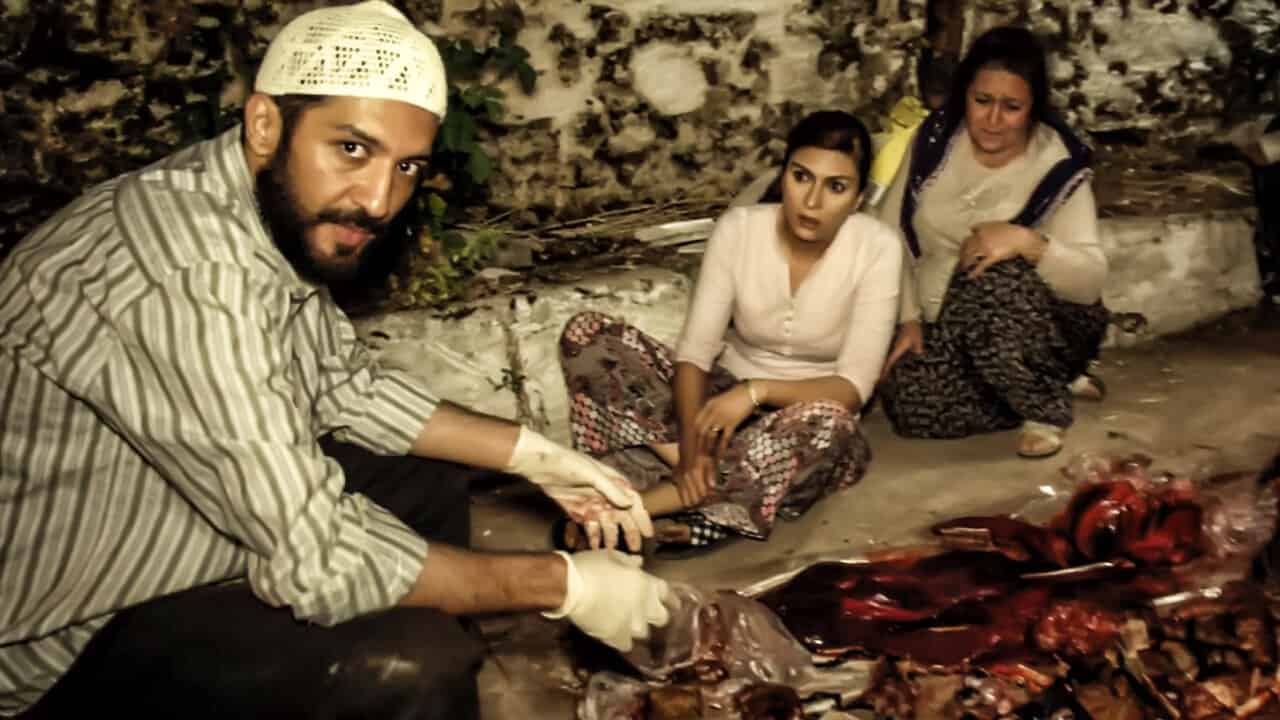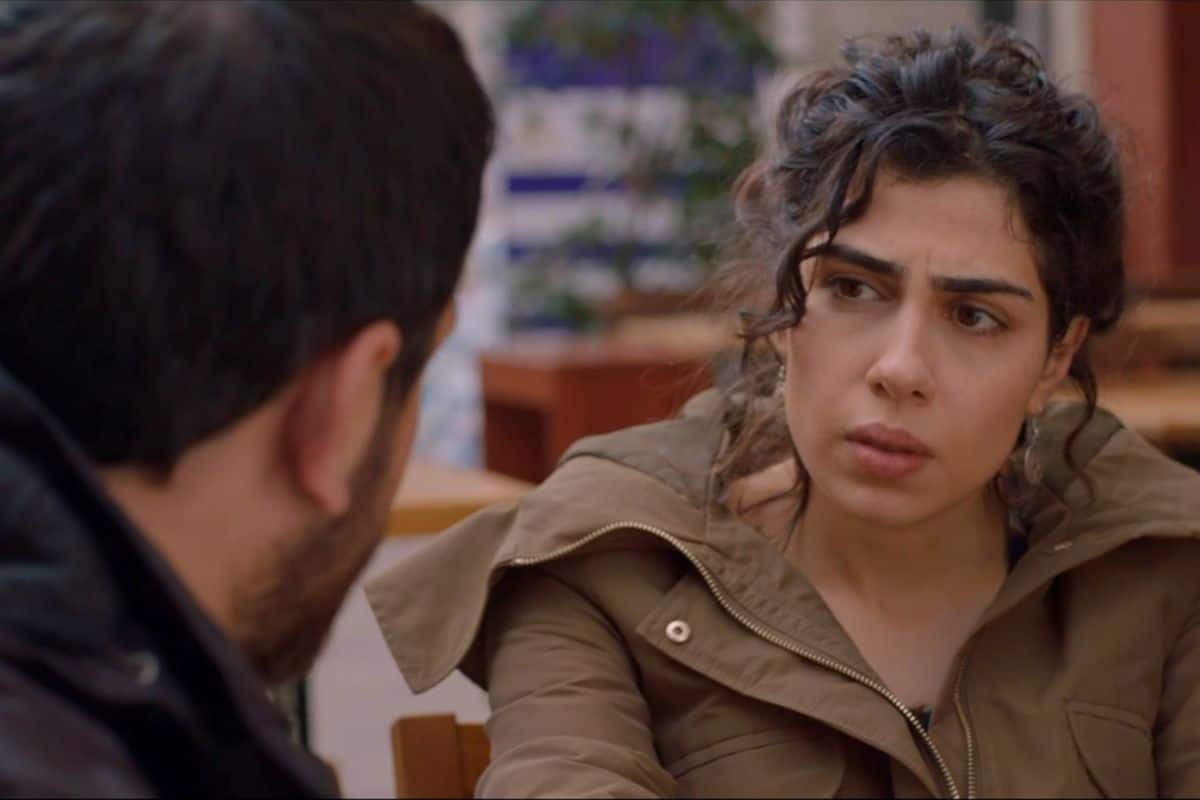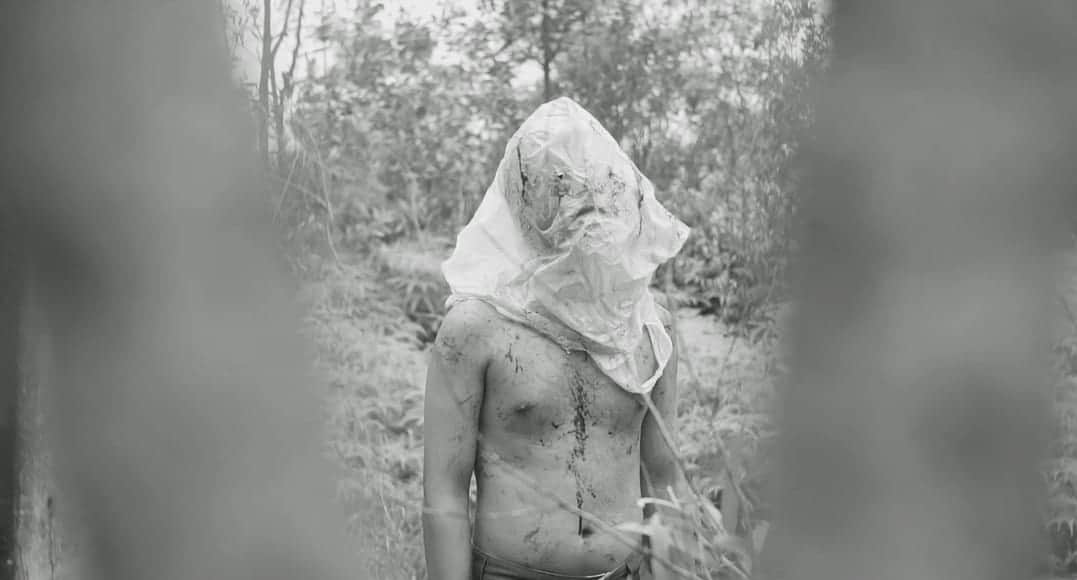Essentially a vehicle for Yasuko Tomita, an idol singer and actress then at the height of her fame, to shine, Jun Ichikawa's debut “Bu Su” was still a successful film, netting the protagonist a Best Actress award in the Yokohama Film Festival, where it was also declared as the second best film of the year (after “The Emperor's Naked Army Marches On”). It also netted Masahiro Takashima numerous awards as first time actor, including one from the Japanese Academy.
Buy This Title
by clicking on the image below
After an incident that is not exactly clear, Mugiko leaves the island she had been living with her mother, a former famous geisha, in order to go live with her aunt, who runs a geisha house in Kagurazaka district in Tokyo. There, she plans to train as a geisha while also attending highschool in the city. Her decision, however, is met with a number of obstacles. In her training, and despite sharing some familiarity with her aunt, she is at the lower level of the ladder, only able to serve drinks while waiting outside the rooms the rest of the women are entertaining customers. Even worse, after getting her aunt angry with her lack of ability, she ends up just running behind the carriages moving the geishas in various events they are invited to.
In her school, the situation is not much better. Her timid and private nature has her not interacting with anyone in particular, although she makes clear the fact that she cannot be bullied from the get go. Tsuda, the pretty boy of the class, who is also an amateur boxer ends up injured after a fight with Iwao, a student who had a grudge on him, and is also the only one Mugiko has some interaction with. At the same time, the class's popular girl and representative, who has a thing for Tsuda, gets angry after he states Mugiko is cute, and essentially forces her to perform for the 100th year anniversary of the school. Despite her reluctance, Mugiko is not phased, and decides to perform the climactic scene of Yayoya Oshichi, a kabuki play based on the true story of a teenage girl who, in 1683, committed arson to be reunited with a boy she loved. With the help of her aunt, Iwao, and a girl who seems to have down syndrome and is saved by her when she is bullied, she prepares for her performance.
Jun Ichikawa does a number of interesting things with his narrative. To begin with, he presents a glimpse into the world of the Geisha in a modern setting, highlighting both the way the houses and the particular workers still survive and how the whole concept is in decline. At the same time, the intense hierarchy and the fact that the client is the boss, and that the client is always a man does result in a series of comments regarding the Japanese society that echo intensely to this day. The critique extends to the school environment, with the bullying and the lack of guidance that have resulted in an overall apathy from the students, being quite evident. The way that the institution offers no guidance is quite obvious also, as is the fact that the youths that star in the story receive none from their parents either, who shine here through their absence.
Lastly, a critique on the intense westernization, particularly regarding culture, that was taking place in Japan at the time is also present, with the way tradition is left behind in favor of this kind of “progress” becoming quite evident, especially during the festival. And talking about this point, the scene during the festival is where the whole narrative finds its zenith, with all the comments Ichikawa wanted to make, particularly regarding how youths that are considered ‘losers' can move on, presented rather eloquently here.
It is also this last part where the production values of the movie find their apogee. DP Tatsuhiko Kobayashi captures the preparations, the actual event and its ‘aftermath' in impressive fashion, while the production design by Katsumi Kaneda results in an impressive setting. Furthermore, the fate of the whole thing becomes an integral part of the narrative, with the scene with the “crowding” being the most indicative. Lastly, Yoshiyuki Okuhara's editing is also excellent in the sequence, with the transitions being timely implemented to further the drama.
The same applies to the acting, with Yasuko Tomita as Suzume being impressive here to watch, as the first scene when she actually acts (reacts if you prefer) against what is happening in her life. The same applies to Masahiro Nakashima as Tsuda, who also emotes in the most appealing fashion. Regarding the former, her acting is interesting in the way she presents a character that seems to be perfectly ok being alone against the world, but actually flourishing when she manages to come closer to people and make an effort at changing (adapting one could also say).
Apart from these, however, there are a number of issues with the movie. To begin with, the promotion for Yasuko Tomita does get too far on occasion, with the camera focusing on her almost constantly, and the close ups becoming annoying after a point. Furthermore, there is a music-video like scene where she roams the streets of Tokyo that adds very little to the narrative, highlighting this aspect. In general, the pacing does not work in particular, both in the way the various episodes and characters are presented and then forgotten, and due to the fact that there is a permeating sense that the viewer should have known something about the story before watching the movie. What happened to the protagonist in the past is the main source of this sentiment, but it actually extends to a number of other events presented in the movie, like how some of the protagonists end up being friends for example.
Despite some issues with the pacing, that could be attributed to inexperience, Jun Ichikawa's “Bu Su” remains a captivating exploration of identity and societal pressures, illuminated through the lens of a young woman's journey into the world of geishas amidst the backdrop of a changing Japan. The film's resonance lies not only in its poignant portrayal of traditional customs grappling with modernity but also in its astute commentary on the complexities of adolescence within the school environment.



